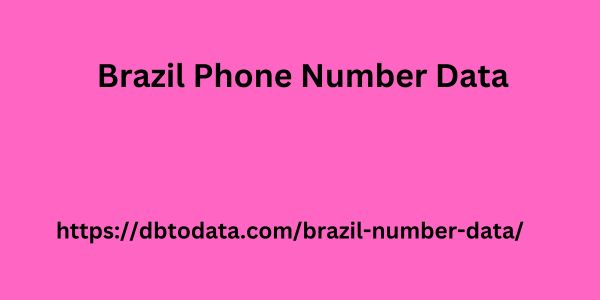Post by account_disabled on Mar 10, 2024 4:14:34 GMT -5
The work of convincing a potential client to choose your company is difficult, but some methodologies can help make this path more strategic. One of the main ones is the sales funnel, a model that visually structures the entire purchasing journey of a potential customer. With it, it is possible to increase relevance in the sales process and optimize the work of marketing and sales teams while scaling the customer acquisition process. Today, we're going to talk about what the sales funnel is, its importance and stages, as well as how technology can help in this process. Check out! What is a sales funnel? The stages of the customer journey can be best viewed through the sales funnel. It starts from the moment the potential customer finds out about a brand until the purchase is made. While the top part of the sales funnel concerns “recognition”, which is the discovery of the brand by the potential customer, the bottom part shows the “decision”, the moment in which potential customers convert into actual customers.
It is important to remember that, with each passing stage, the number of potential customers decreases, until the final conversion. How important is the sales funnel for companies? Through the sales funnel, companies will be able to check each step that potential customers go through on the path to conversion. Therefore, each phase can be understood as a micro conversion, which can and should be optimized in order Brazil Phone Number Data to improve the chances of conversions in the end. In other words, if a higher than expected dropout rate is identified in a certain phase, it must be analyzed to see what is wrong and test possible improvements. How does a sales funnel work? The broadest part of the sales funnel, the entry point, is the awareness stage. Here, a large number of potential customers will enter. Each action taken is a new stage in the sales funnel, taking us closer to the narrowest point, which is the point of decision and conversion. However, potential customers can also drop out at any time and the sales funnel narrows as potential customers pass through it.

Therefore, your communication needs to become increasingly targeted to make each stage of the sales funnel as simple and enjoyable as possible and motivate them to continue moving through the funnel to the point of decision. Here, we will talk more about the stages of the sales funnel so that you can apply it to your company and can better understand drop-off points and make improvements at each stage of the sales funnel in order to increase conversion rates. What are the stages of the sales funnel? Awareness, Interest, Decision and Action. The four stages of the sales funnel represent the mindset of your potential customer and each require a particular approach. After all, sending the right message at the right time can make all the difference in the customer's decision. Conscience At this stage of the sales funnel, the potential customer will learn that the company exists, but will not show a specific interest. This is when you catch his attention for the first time, whether through a post on a social network, an advertisement or even as a result of a Google search.
It is important to remember that, with each passing stage, the number of potential customers decreases, until the final conversion. How important is the sales funnel for companies? Through the sales funnel, companies will be able to check each step that potential customers go through on the path to conversion. Therefore, each phase can be understood as a micro conversion, which can and should be optimized in order Brazil Phone Number Data to improve the chances of conversions in the end. In other words, if a higher than expected dropout rate is identified in a certain phase, it must be analyzed to see what is wrong and test possible improvements. How does a sales funnel work? The broadest part of the sales funnel, the entry point, is the awareness stage. Here, a large number of potential customers will enter. Each action taken is a new stage in the sales funnel, taking us closer to the narrowest point, which is the point of decision and conversion. However, potential customers can also drop out at any time and the sales funnel narrows as potential customers pass through it.

Therefore, your communication needs to become increasingly targeted to make each stage of the sales funnel as simple and enjoyable as possible and motivate them to continue moving through the funnel to the point of decision. Here, we will talk more about the stages of the sales funnel so that you can apply it to your company and can better understand drop-off points and make improvements at each stage of the sales funnel in order to increase conversion rates. What are the stages of the sales funnel? Awareness, Interest, Decision and Action. The four stages of the sales funnel represent the mindset of your potential customer and each require a particular approach. After all, sending the right message at the right time can make all the difference in the customer's decision. Conscience At this stage of the sales funnel, the potential customer will learn that the company exists, but will not show a specific interest. This is when you catch his attention for the first time, whether through a post on a social network, an advertisement or even as a result of a Google search.
